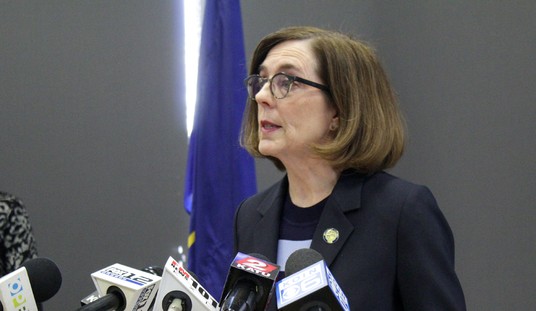I bet you thought that the redistricting process in New York was a mess, right? And it absolutely is, but it turns out that New York isn’t alone in finding ways to screw up the midterms. The Louisiana legislature, where Republicans hold solid majorities, drew up new maps earlier this year. Democratic Governor John Bel Edwards vetoed the maps, but the legislature easily overrode the veto and prepared to move forward. Unfortunately for them, U.S. District Judge Shelly Dick (an Obama appointee) had other ideas. On Monday, she tossed out the new maps and ordered the legislature to go back to the drawing board and come up with new maps by June 30th. At issue is the number of majority-minority, specifically Black districts under the current maps. The Governor said he is summoning the legislature back for a special session to take another stab at it. (Politico)
Louisiana’s Democratic governor said Monday he will call the Republican-dominated Legislature into special session soon to draw up new congressional district boundaries, now that a federal judge has blocked use of maps that have only one majority-Black district.
Gov. John Bel Edwards announced his plan at a news conference at the Capitol in Baton Rouge. He spoke to reporters minutes after the 2022 regular legislative session ended, and a few hours after U.S. District Judge Shelly Dick, also in Baton Rouge, blocked the use of the new maps. Her ruling included an order that the Legislature draw up with a remedial plan by June 20.
Edwards, whose veto of the maps was overridden by lawmakers earlier this year, said there should have been a second majority-Black district among the six districts that were approved, noting that the state’s population is almost one-third Black.
On the surface, there is certainly an argument to be made in favor of the judge’s ruling, assuming you buy the longstanding interpretation of Section 2 of the Voting Rights Act. The reality is that Louisiana’s demographics have been fairly consistent for a while now and roughly one-third of the voting-age population is Black. So if there are six districts, it’s not unreasonable that two of them would be majority-minority.
Of course, as I already said, that relies on the interpretation of the VRA that was codified in Thornburg v. Gingles. The courts have waterboarded the VRA over the years to build the case for majority-minority districts. What the law actually says is, “No voting qualification or prerequisite to voting, or standard, practice, or procedure shall be imposed or applied by any State or political subdivision to deny or abridge the right of any citizen of the United States to vote on account of race or color.”
District maps don’t deny or abridge the right of anyone to vote. Some maps just make it more likely that people of any particular skin color (other than white, obviously) will comprise a majority in a district. That doesn’t work out very evenly because there are currently a grand total of four districts in the country with a majority of Asian voters (and two of them are pluralities, not majorities) while there are more than 20 majority Black districts. But that’s a debate for another day.
Louisiana’s challenge at this point is to get a map that the court will approve put in place in a short period of time. It’s not as bad as the situation in New York because of the state’s weird jungle primary system. They won’t be going to the polls until November 8. Any candidates who receive 50% plus one vote win automatically. If nobody takes a majority, the top two entrants – regardless of party – go on to a runoff in December. So they have some time to play with.
But still, it’s already the second week of June. Incumbents and potential challengers don’t even know where they will be running yet. And it’s going to be nearly July before they find out, assuming the next attempt at redrawing the map passes muster. That’s a rather abridged campaign season as compared to what most candidates are given.
What we’re seeing here is yet another example of why we should go to computer-driven randomized district mapping. The technology already exists to do it and the programs can be modified to ensure the required distribution of majority-minority districts based on the latest census data. But no matter how long any of us bang on that drum, it’s never going to happen unless all of the states agree to do it at the same time. And that’s just a fantasy, so we’ll continue dealing with the types of messiness we’re seeing in New York and Louisiana every ten years in perpetuity.








Join the conversation as a VIP Member